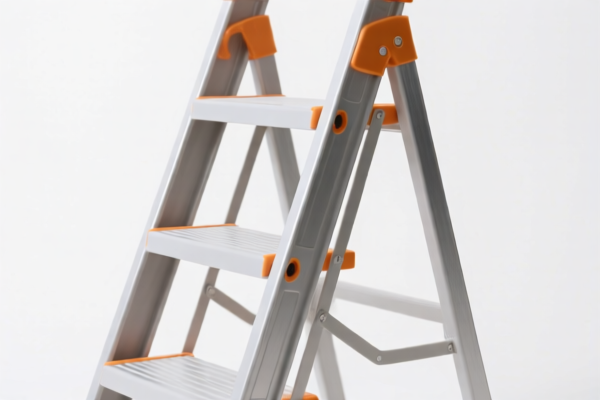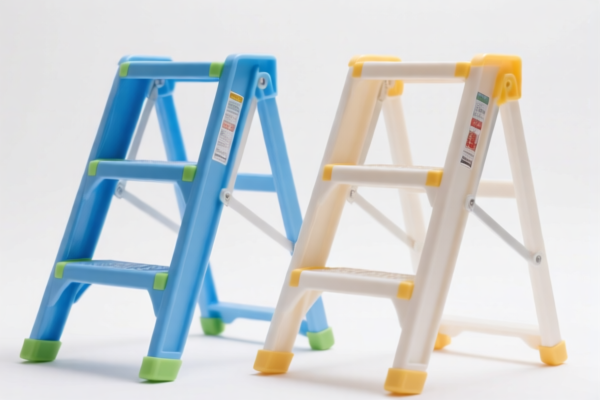| HS Code | Official Doc | Tariff Rate | Origin | Destination | Effective Date |
|---|---|---|---|---|---|
| 9507902000 | Doc | 41.2% | CN | US | 2025-05-12 |
| 9507908000 | Doc | 39.0% | CN | US | 2025-05-12 |
| 9208900080 | Doc | 42.8% | CN | US | 2025-05-12 |
| 9208900040 | Doc | 42.8% | CN | US | 2025-05-12 |
| 9506991500 | Doc | 30.0% | CN | US | 2025-05-12 |
| 9506992800 | Doc | 37.5% | CN | US | 2025-05-12 |
| 3916100000 | Doc | 60.8% | CN | US | 2025-05-12 |
| 3916903000 | Doc | 61.5% | CN | US | 2025-05-12 |




Catching Sticks
Catching sticks, also known as fetch sticks or simply sticks, are elongated pieces of wood, often naturally occurring branches, used primarily in canine play, specifically the game of fetch. While seemingly simple, their characteristics and usage can vary.
Material
Traditionally, catching sticks are sourced from trees and shrubs. Common wood types include:
- Willow: Lightweight, flexible, and relatively soft, making them gentler on a dog's mouth.
- Birch: Offers a good balance of weight and durability.
- Hazel: Similar properties to birch, often used for smaller sticks.
- Maple: Denser and heavier, suitable for stronger chewers or longer throws.
Commercially produced alternatives are available, typically made from:
- Wood composites: Offer consistent size and shape, and can be treated for durability.
- Plastic: Lightweight, waterproof, and easily cleaned.
Purpose
The primary purpose of a catching stick is to provide a safe and engaging object for a dog to retrieve during the game of fetch. They fulfill a dog's natural retrieving instincts, providing both physical and mental stimulation.
Function
The function of a catching stick is straightforward:
- Throwing: Designed to be thrown a distance for the dog to chase.
- Retrieval: The dog retrieves the stick and returns it to the thrower.
- Chewing (Secondary): Many dogs enjoy chewing on sticks, although this is not their primary function and can pose risks (see Safety Considerations).
Usage Scenarios
- Parks and Fields: The most common environment for fetch with sticks.
- Beaches: Suitable for waterproof sticks.
- Backyards: Convenient for quick play sessions.
- Training: Can be used as a reward or to reinforce recall commands.
Common Types
- Natural Branches: Vary greatly in size, shape, and weight. Require careful selection to avoid splintering or sharp edges.
- Straight Sticks: The most common form, offering a good throwing profile.
- Curved Sticks: Can offer a different throwing trajectory.
- Commercial Fetch Sticks: Manufactured for consistent size, shape, and durability. Often feature ergonomic handles.
- Rubber Sticks: Designed to mimic the feel of wood but are more durable and gentle on the mouth.
Safety Considerations
- Splintering: Natural sticks can splinter, causing injury to the mouth, throat, or digestive system.
- Sharp Edges: Broken branches may have sharp edges that can cut a dog's mouth.
- Ingestion: Large pieces of wood can cause intestinal blockages.
- Toxic Wood: Some wood types are toxic to dogs.
- Size: Sticks that are too small can be choking hazards.
It is recommended to supervise dogs closely during play with sticks and to regularly inspect them for damage. Consider using commercially produced alternatives designed specifically for canine use to mitigate safety risks.
The declared goods, "catching sticks," can be classified under several HS codes based on their material and intended use, as detailed below.
- 9506.99.15.00: This HS code covers “Articles and equipment for general physical exercise, gymnastics, athletics, other sports (including table-tennis) or outdoor games, not specified or included elsewhere in this chapter; swimming pools and wading pools; parts and accessories thereof: Other: Other: Baseball articles and equipment, except balls, and parts and accessories thereof”. This could apply if the "catching sticks" are used in baseball or similar sports. The total tax rate is 30.0%.
- 9506.99.28.00: This HS code covers “Articles and equipment for general physical exercise, gymnastics, athletics, other sports (including table-tennis) or outdoor games, not specified or included elsewhere in this chapter; swimming pools and wading pools; parts and accessories thereof: Other: Other: Lacrosse sticks”. If the sticks are specifically for lacrosse, this code applies. The total tax rate is 37.5%.
- 3916.10.00.00: This HS code covers “Monofilament of which any cross-sectional dimension exceeds 1 mm, rods, sticks and profile shapes, whether or not surface-worked but not otherwise worked, of plastics: Of polymers of ethylene”. If the "catching sticks" are made of polymers of ethylene, this code is applicable. The total tax rate is 60.8%.
- 3916.90.30.00: This HS code covers “Monofilament of which any cross-sectional dimension exceeds 1 mm, rods, sticks and profile shapes, whether or not surface-worked but not otherwise worked, of plastics: Of other plastics: Other: Monofilament”. If the sticks are made of other plastics, this code applies. The total tax rate is 61.5%.
Regarding HS codes 3916.10.00.00 and 3916.90.30.00, please note the need to verify the specific plastic material used in the sticks.
Customer Reviews
No reviews yet.